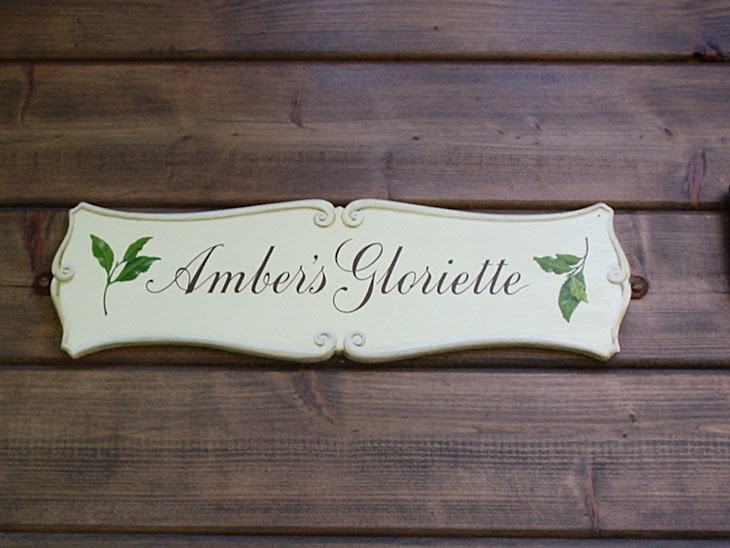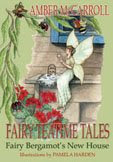
Two weeks ago on a sunny day I took pictures of some of my favourite fairy places in the Lune Valley. My children grew up here so it is rich with happy memories for our family. I am fortunate to still have friends living in the same homes they were living in at that time so going back is a bit of a delightful time warp. It still gives me inspiration and I am still in awe of the beauty of the area. It truly is a magical place.

I have heard of many fairy places around Great Britain, from famous fairy bridges to not- so-known fairy wells. Beetham in Cumbria has its own fairy steps cutting through Beetham fell. On the Isle of Man is a famous fairy bridge and there is also one on the Isle of Skye and on Dartmoor. Harmby in Yorkshire has a fairy well and I am sure there a quite a few in Derbyshire.

When we walk the dogs down to the river bank there are lots of places I feel are fairy places. These are the places that inspire Fairy Teatime Tales. There is Geoffrey’s bridge,
Wild Garlic Wood, the Fairy Tree, The Witches Tree, and Dingle Lane to name but a few.






Picnicking on the river bank is one of the nicest things I remember from living so close to the river. A thermos flask of tea a must on days that sometimes turned cold by tea time.

Tea from a thermos can be very good if it is brewed correctly. I asked my friend and tea guru Jane Pettigrew
http://www.janepettigrew.com/ for her advice and she kindly sent me these instructions on how to brew tea for a thermos flask.
When brewing tea to go into a thermos flask, it is important to separate the leaves from the tea liquor before pouring into the flask. So, it helps to use a teapot that has an infuser basket. Or you can use a re-usable infuser basket or a large paper filter that fits inside any type of teapot.
Brew the tea as normal as follows:
- Fill your kettle with freshly drawn cold water so that there is plenty of oxygen in the water to bring out the full flavour of the tea.
- Set the kettle to boil and meanwhile, choose a suitable teapot and loose leaf tea or tea bags (allowing 2.5-3 grams of loose leaf tea or 1-2 teabags to 190 ml of water).
- When the water is almost boiling, pour a little into the teapot, swill around and empty out.
- Measure the tea into the teapot. For black tea, pour the water onto the tea just as it is coming up to a rolling boil. For green and white tea, heat the water to approx 75-80 C and then switch off the kettle before pouring the water onto the tea. Or bring the water to the boil and allow to cool for 4-5 minutes before pouring onto the tea.
- Brew for the correct number of minutes, so set a timer to suit the tea you are brewing. (Large leafed black tea needs 3-5 minutes, small leafed black tea needs 2-3 minutes. Japanese green teas need 1-1.5 minutes, Chinese green teas need 3-4 minutes, white teas need 5-6 minutes).
- Heat the thermos flask with boiling water and then empty.
- When the tea's brewing time is up, lift out the infuser basket and pour the tea liquor into the flask. Or strain the tea through a tea strainer into the flask.- Put the lid on the thermos immediately and tighten carefully.
- Carry milk and sugar separately in the picnic bag Sitting on the river bank sipping tea, with the sunlight dancing off the water is a wonderful way to pass the time and day dream of the land of Faerie. The sparks of sunlight suddenly become river sprites. A water vole scurrying through the grass along the edge of the river bank soon dons a green and yellow stripped blazer and wears a straw boater on its head and runs home with a story to tell.
Sitting on the river bank sipping tea, with the sunlight dancing off the water is a wonderful way to pass the time and day dream of the land of Faerie. The sparks of sunlight suddenly become river sprites. A water vole scurrying through the grass along the edge of the river bank soon dons a green and yellow stripped blazer and wears a straw boater on its head and runs home with a story to tell.

FAIRY TEATIME TALES are published by
http://www.bookguild.co.uk/


 The dog is a complex symbol; seen as a loyal, trustworthy friend, hunter, warrior or Anubis- conductor of souls to the underworld or the dog at the feet of the fool in the tarot card- ready to embark on new territory, are just a few examples.
The dog is a complex symbol; seen as a loyal, trustworthy friend, hunter, warrior or Anubis- conductor of souls to the underworld or the dog at the feet of the fool in the tarot card- ready to embark on new territory, are just a few examples.  move around the room, by keeping an image of a dog in the mind and then letting go of it. During your day as random thoughts pop up you will find the right space for the dog.
move around the room, by keeping an image of a dog in the mind and then letting go of it. During your day as random thoughts pop up you will find the right space for the dog.






























 Sitting on the river bank sipping tea, with the sunlight dancing off the water is a wonderful way to pass the time and day dream of the land of Faerie. The sparks of sunlight suddenly become river sprites. A water vole scurrying through the grass along the edge of the river bank soon dons a green and yellow stripped blazer and wears a straw boater on its head and runs home with a story to tell.
Sitting on the river bank sipping tea, with the sunlight dancing off the water is a wonderful way to pass the time and day dream of the land of Faerie. The sparks of sunlight suddenly become river sprites. A water vole scurrying through the grass along the edge of the river bank soon dons a green and yellow stripped blazer and wears a straw boater on its head and runs home with a story to tell.



 My father came up with the answers. He used a metal dustbin lid as a shield and like a gallant knight he would fight off ‘Jaws’ while one or other of us collected the eggs. Over the years ‘Jaws has become a bit of a family legend. He was a large, handsome cockerel but as his story is told he grows in stature and attitude. He has been called a giant of a bird, magnificent, a regal specimen
My father came up with the answers. He used a metal dustbin lid as a shield and like a gallant knight he would fight off ‘Jaws’ while one or other of us collected the eggs. Over the years ‘Jaws has become a bit of a family legend. He was a large, handsome cockerel but as his story is told he grows in stature and attitude. He has been called a giant of a bird, magnificent, a regal specimen 
 FAIRY TEATIME TALES are published by www.bookguild.co.uk
FAIRY TEATIME TALES are published by www.bookguild.co.uk